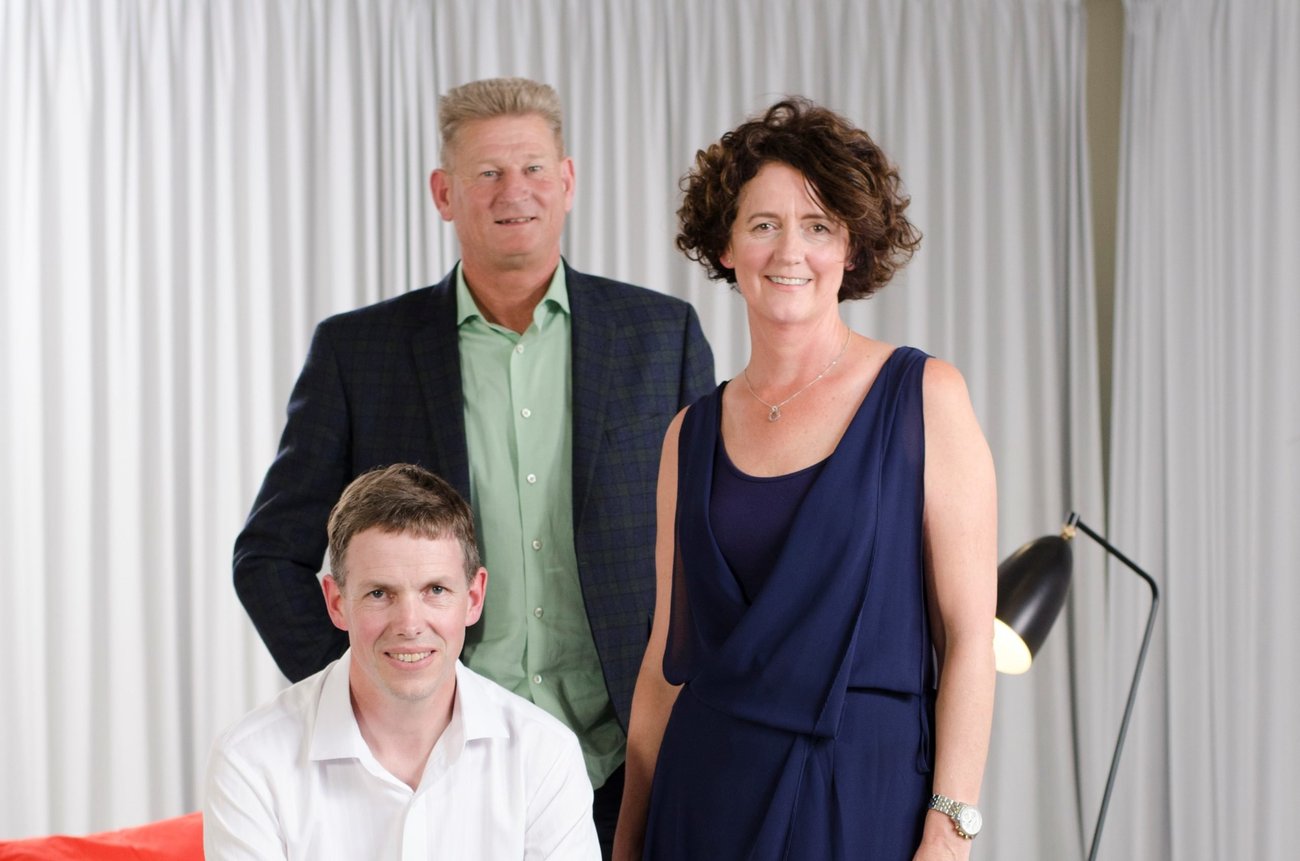
Here’s the situation: you have an idea. Perhaps you’ve even turned that idea into a business, and business in Aotearoa is pretty good. Now, you want to expand. The problem: the prospect is a bit intimidating. After all, if things don’t work out, you could stand to lose a lot of money.
Jennifer Boggiss, of pure vanilla brand Heilala Vanilla, says her business first expanded by hopping across the Tasman. “The first export market was Australia for Heilala,” she explains. “Having a similar food culture to NZ made it the logical choice along with distribution channels synergies. Since establishing in Australia in 2009 this is now our largest market with great distribution in both the two main supermarkets and a national food service distribution for Chefs.
“Other export markets then followed; I truly believe in ‘sales builds sales’ and through seeing our product in market in NZ and Australia we received enquiries for other markets.
Enztec general manager Iain McMillan also emphasises the importance of identifying a target market. “When Enztec started in 1992 the focus was on being a medical device company,” McMillan says. “In the first years that meant that we did all manner of medical device types as well as anything else that would pay the bills. Then the decision was made by the founders to focus on being a medical device company, and cease all non-medical work. At the same time, we had the good fortune of getting a large orthopaedic contract, and from there over the next few years we gained more and more experience in the orthopaedic space, which was where the founders experience also lay, so we gradually did less and less other medical devices and became the company we are today that is exclusively an orthopaedic device company that focuses on instruments (the delivery systems for implants effectively).
“As a result, we identified our markets through hard slog, trying things, generally succeeding, but certainly with some bumps on the way.”
David Darling, of Pacific Edge, says identifying a target market was particular challenging because his cancer diagnostics company is so specialised. “It’s an interesting situation for us in the US,” he says. “They’re what we call complex customers. A complex relationship between the patient, the urologist, and the healthcare payer.”
But aside from identifying a market, almost any entrepreneur can attest that another hurdle to overcome is testing products/innovations within a market; Heilala’s Boggiss offers tips based on her personal experiences. As part of building a brand in new markets you need to build a network (which takes time) and this network assists with testing prototypes for the market and providing feedback. Jennifer says “In the US we have undertaken formal consumer insight research to test our product offering. However, in smaller export markets we have simply utilised in market networks and influencers; including chefs and foodies.
McMillan says something similar. “While identifying our markets and refining our business, we are fortunate that NZ and Australia have a large number of highly capable orthopaedic surgeons who are at the forefront of technology and techniques,” he says. “These surgeons are often exploring and thinking about new ways to improve their patients outcomes. As one of the very few local companies working in this space, it has meant that we’re able to work with these surgeons to develop and test their ideas. This in turn gave us exposure to international device companies, and they were able to see the solutions we were creating, and ultimately take these to market internationally for us.
The third and often most important focus for getting market ready is to connect to your customers.McMillan has some tips. “A big part of what makes this possible is the way we work with our customers,” he says. “We spend a lot of time communicating with customers to ensure they never see our geographical location as a barrier. We are also very open and honest, and ensure if we make a promise we deliver. Finally, we try to form lasting relationships with customers, and don’t just focus on a sale or a project, regardless of the size of the project– we’ve found this makes the business more enjoyable for us, and something customers value. In many cases the small ‘love job’ we did for a client have become our biggest success.
Boggiss’ views are similar. “Connecting with customers is critical to build brand recognition and value in export markets,” she explains. “To do this you need a laser focus on who your customer is – then profile; their habits, lifestyle, preferences and the communities they are part of. You need to understand what problem you are solving. Social media is a great tool but to be effective you need to have a very clear customer profile and understand them. Then you can effectively and efficiently engage on the right platform and generate content that is relevant.”




